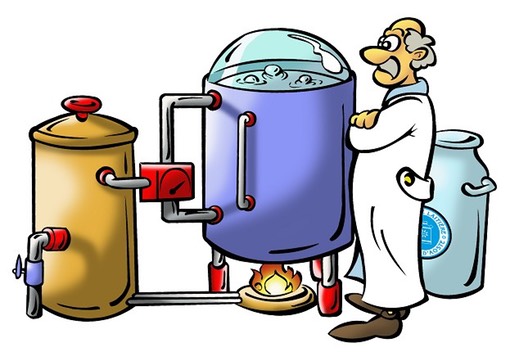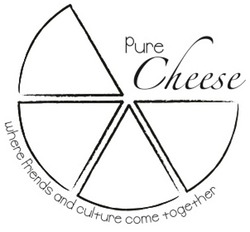
The controversy over “raw” verses “pasteurised” milk has people of very strong opinions in both camps. Lets take a look at what all the noise is about. Pasteurisation is gentle heat treatment of milk (usually to 72 degrees C for 15 seconds), this doesn’t damage or “cook” the milk, but it does kill off all harmful and undesirable bacteria. Pasteurisation was discovered in the late 1800’s, by French Chemist, Louis Pasteur. Before long, specific methods of pasteurization (named after Pasteur) were adopted for milk.
There is no doubt that Raw milk cheeses have a more complex flavour.
Pasteurization opened new doors for large-scale cheese making, as the process killed bacteria otherwise difficult to control in large, mechanized settings, and minimized the risk of infections previously attributed to pooling and storing milk. Pasteurising gives the cheese-maker control to “start with a clean slate”. By adding specific strains of cultures, she can then create the exact style of cheese she wants, while at the same time, reducing the risk of food poisoning.
There is some evidence that pasteurisation causes some reduction of vitamins, minerals, and probiotic bacteria, but the losses are not significant nutritionally.
The bottom line is that in Australia today, all milk must be pasteurized before its sold to the consumer. Of course this gets under the skin of people who like a whole-food/natural diet, and cheese-makers who want the freedom to make traditional, raw milk cheeses.
If its important to you to buy Raw milk, here’s a few loop holes.
1. Some milk is sold as “Bath Milk - for cosmetic use only”. Technically it’s not a “Food”, allowing the producers to avoid the food standards code.
2. You could buy your own house cow, or go joint with some friends, and share the milk. It’s illegal to sell raw milk, but if you own the cow, the milk is yours, and you can do with it what you please.
3. Become good friends with a dairy farmer, you could “acquire” some milk direct from the farm.
Apart from a few exceptions of “Cooked Curd” cheeses, pasteurisation has been standard practice in Australia since the 1950’s. In France and many other European countries, raw-milk cheeses have been made for centuries and continue to be made and legally sold throughout Europe. Raw-milk cheeses have not been associated with high incidence of disease in Europe, most likely because raw-milk cheese-makers must pay extra attention to the type of bacteria that develop in milk at different temperatures, and need to routinely test for bacteria counts.
There is no doubt that Raw milk cheeses have a more complex flavour. With the right regulations in place, and stringent hygiene practices it would be good to give Australian Cheese-makers the freedom to make traditional, raw milk, cheese.
